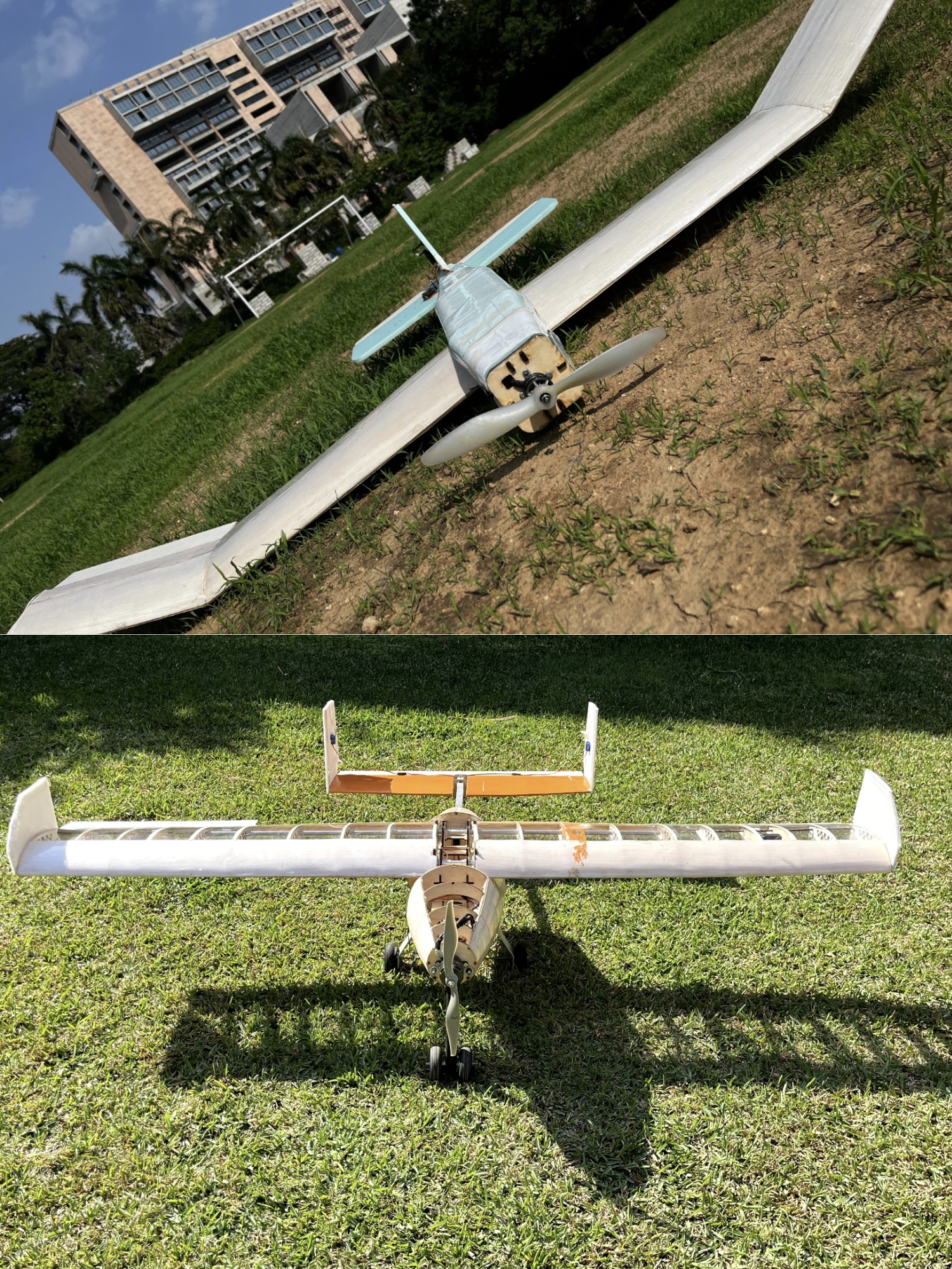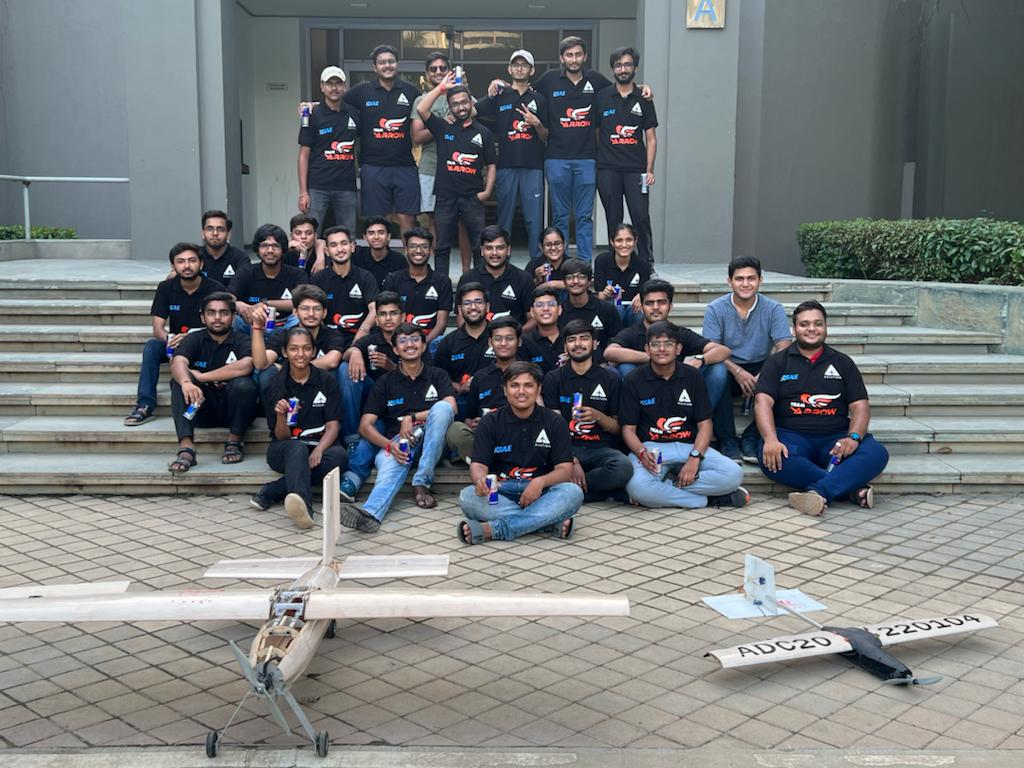
The DDC Micro 2022 project was an exciting journey of exploration and innovation, where our team designed and fabricated a micro-class UAV. Each phase of development provided invaluable opportunities to apply theoretical knowledge to real-world challenges, refining our expertise in UAV design.
To achieve optimal aerodynamic performance, we selected a tapered-wing configuration, which is known for its ability to reduce drag and improve efficiency. The high-wing placement was chosen to enhance stability during flight and minimize potential damage during belly landings. For the airfoil, we opted for the S1223 model due to its high lift-to-drag ratio and superior stall characteristics, making it ideal for maximizing payload capacity and ensuring stable flight.

Our development followed a structured approach, beginning with mission requirement analysis and progressing through conceptual, preliminary, and detailed design phases. We selected Nylon PA-12 for the fuselage, balancing strength with lightweight properties. To optimize performance, we utilized advanced computational tools such as ANSYS for finite element analysis (FEA), computational fluid dynamics (CFD) simulations for aerodynamic evaluation, and XFLR5 for stability analysis. Additionally, topology optimization techniques were implemented to reduce weight while maintaining structural integrity, ensuring an efficient and robust UAV design.
During the iterative design process, we encountered challenges related to stability and weight distribution. Initially, we considered an elliptical wing design, but it was ultimately discarded due to its high stall tendencies. Instead, we adopted the tapered-wing configuration, which provided better aerodynamic efficiency and improved control. Lessons learned from material testing and component optimization allowed us to refine the UAV’s design, ensuring it met all competition requirements while maintaining structural and aerodynamic integrity.

Through this project, we gained a deeper understanding of aerodynamics, structural optimization, and UAV fabrication techniques. Overcoming design challenges and implementing advanced engineering solutions have strengthened our technical expertise and prepared us for future UAV innovations. The experience of integrating theoretical knowledge with practical application has been invaluable, shaping our ability to develop high-performance UAVs in future endeavors.